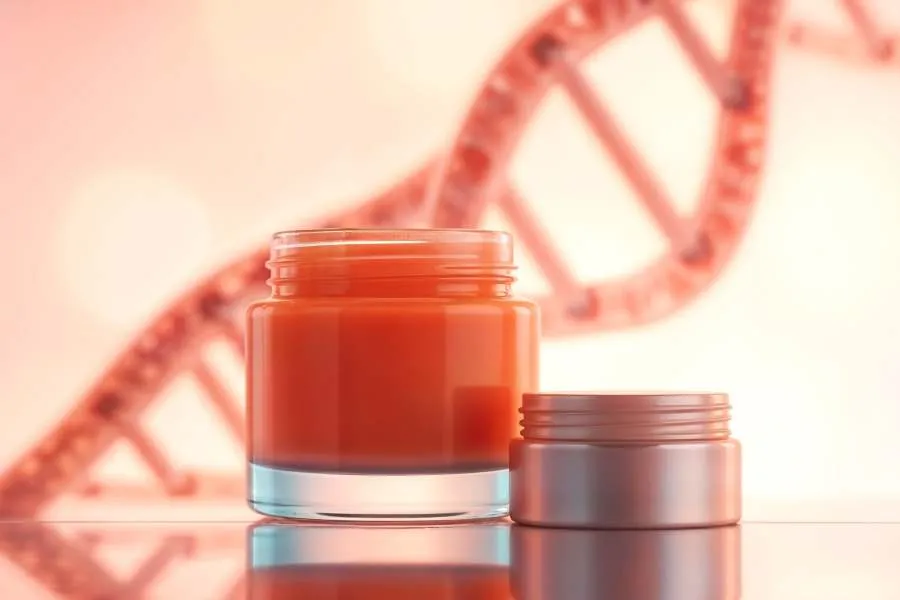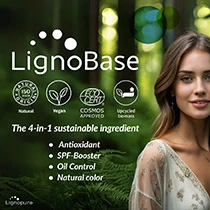Mermaid Facials: Elite Aesthetics launches salmon DNA and microneedling treatment
Key takeaways
- Elite Aesthetics’ Mermaid Facial combines microneedling with salmon DNA to stimulate collagen production and repair skin tissue.
- The treatment reflects a shift toward regenerative, natural, and non-synthetic filler alternatives.
- Social media virality and professional endorsements drive industry interest in PDRN-based regenerative treatments.

Elite Aesthetics has introduced a version of the “Mermaid Facial” that mixes microneedling technology and potent polynucleotides (PDRN), also known as salmon DNA. The facial has gained popularity on social media and taps into regenerative skin care, claiming to repair aging tissue, accelerate new cell regeneration, and stimulate collagen and elasticity.
The company says the Mermaid Facial operates on a cellular level, as the PDRN is derived from natural DNA molecules. These molecules possess regenerative properties, stimulating collagen production while promoting deep tissue repair. Salmon DNA improves skin texture, tone, hydration, and elasticity.
Mariesa Porter, nurse practitioner and founder of Elite Aesthetics, says: “It’s more than a trend, it’s a regenerative treatment supporting long-term skin health.”
She argues that the treatment taps into multiple areas of customer concern, such as fine lines, tone, texture, and clarity.
“Our version of the Mermaid Facial represents the perfect balance between innovation and indulgence. Clients love the experience but stay for the results: brighter, healthier, and more radiant skin,” says Porter.
The company says its Mermaid Facial also minimizes pore size, corrects age spots, acne scars, and sun damage.
PDRN contains nucleotides, which are needed for cell regeneration. It synergizes with the body’s natural processes to repair the skin, promote healing, and enhance microcirculation.
The PDRN infusion is done using a micropen, which creates a precise and controlled application. The company argues that it also triggers the body’s natural healing response and enhances the skin’s absorption of salmon DNA by up to 3,000%.
 PDRN contains nucleotides, which are needed for cell regeneration.Regenerative skin care trends
PDRN contains nucleotides, which are needed for cell regeneration.Regenerative skin care trends
PDRN has recently gained significant attention in the beauty industry as a synthetic-free alternative to traditional fillers. Driven by the growing demand for natural, non-invasive treatments with minimal recovery time, PDRN has become a popular solution for skin rejuvenation.
Meanwhile, other compounds are also gaining traction in anti-aging applications. A recent Beiersdorf study suggested that using blood from people under 30 could become a new anti-aging remedy for people above 60. It found that bone marrow-derived blood cells have the potential to rejuvenate skin.
Another blood and skin care innovation is using pig plasma to tackle hair loss. Korea’s Amino Lab previously unveiled a functional shampoo created with technology that upcycles livestock blood into functional substances that relieve hair loss symptoms. The novel process, which enzymatically decomposes pig plasma, is registered as the world’s first cosmetic raw material in the International Cosmetics Ingredient Dictionary.
More on regenerative skin care, Personal Care Insights recently spoke with Acorn Biolabs, a Canadian company creating targeted anti-aging skin care made from a person’s own stem cells. By using the hair follicle, the company creates a personalized secretome serum, blending medicine with skin care.












